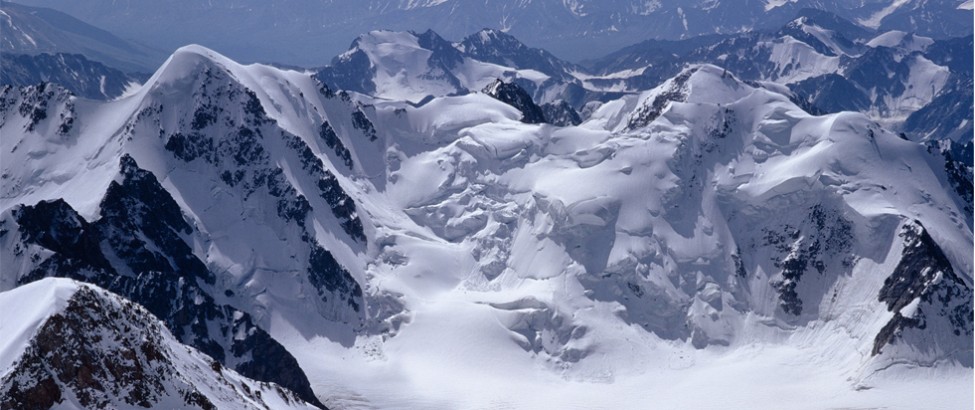Top 10 Highest Mountains in the World
Mountains have always fascinated adventurers, climbers, and nature lovers. Standing tall above the clouds, these natural giants challenge human limits and provide breathtaking views. Here, we explore the top 10 highest mountains in the world, each with its unique charm, challenges, and significance.
1. Mount Everest (8,848.86 meters / 29,031.7 feet) – Nepal/Tibet
Mount Everest, the tallest mountain on Earth, is part of the Himalayas on the border between Nepal and Tibet. First summited by Sir Edmund Hillary and Tenzing Norgay in 1953, Everest continues to attract thousands of climbers annually. Despite its popularity, the climb remains perilous due to extreme weather, avalanches, and altitude sickness.

2. K2 (8,611 meters / 28,251 feet) – Pakistan/China
Known as the “Savage Mountain,” K2 is the second-highest peak in the world and the most dangerous to climb. Located in the Karakoram range, K2’s steep slopes, unpredictable weather, and technical difficulty make it a formidable challenge even for experienced mountaineers.
3. Kangchenjunga (8,586 meters / 28,169 feet) – Nepal/India
The third-highest mountain in the world, Kangchenjunga, is sacred to locals and was once thought to be the tallest before Everest’s measurement. Known for its remote location and treacherous conditions, it remains one of the least climbed peaks above 8,000 meters.
4. Lhotse (8,516 meters / 27,940 feet) – Nepal/Tibet
Lhotse, connected to Everest by the South Col, is often overshadowed by its famous neighbor. However, it is a formidable peak in its own right, with steep and icy slopes that challenge climbers. The first successful ascent was in 1956 by a Swiss expedition.
5. Makalu (8,485 meters / 27,838 feet) – Nepal/Tibet
Recognized for its distinctive pyramid shape, Makalu is an isolated peak in the Himalayas. It presents climbers with technical rock and ice climbing challenges, making it one of the most difficult eight-thousanders to conquer.
6. Cho Oyu (8,188 meters / 26,864 feet) – Nepal/Tibet
Often considered the easiest 8,000-meter peak to climb, Cho Oyu is a popular choice for those preparing for Everest. Located near the Tibet-Nepal border, it offers relatively moderate climbing routes compared to its taller counterparts.
7. Dhaulagiri I (8,167 meters / 26,795 feet) – Nepal
Dhaulagiri, meaning “White Mountain,” is known for its dramatic appearance and challenging climbing conditions. It was first ascended in 1960 and remains a formidable peak due to unpredictable weather and avalanche risks.

8. Manaslu (8,163 meters / 26,781 feet) – Nepal
Nicknamed the “Mountain of the Spirit,” Manaslu is located in a remote part of Nepal. It offers a demanding climb with dangerous ridges and frequent snowstorms. Despite its challenges, it has become an increasingly popular alternative to Everest.
9. Nanga Parbat (8,126 meters / 26,660 feet) – Pakistan
Nanga Parbat, or the “Killer Mountain,” is notorious for its deadly climbs. Its massive Rupal Face is one of the tallest rock walls in the world. Due to extreme weather and technical difficulty, it has one of the highest fatality rates among the eight-thousanders.
10. Annapurna I (8,091 meters / 26,545 feet) – Nepal
Annapurna I is the deadliest mountain in the world, with a historically high fatality rate. Despite its beauty and historical significance (being the first 8,000-meter peak climbed), it remains one of the most dangerous due to avalanches and technical difficulties.

Conclusion
The world’s highest mountains continue to inspire awe and test human endurance. Whether admired from afar or climbed by the brave, these towering peaks stand as symbols of nature’s majesty and power. If you dream of mountaineering, these mountains represent the ultimate challenge—but they also demand respect, preparation, and skill.


